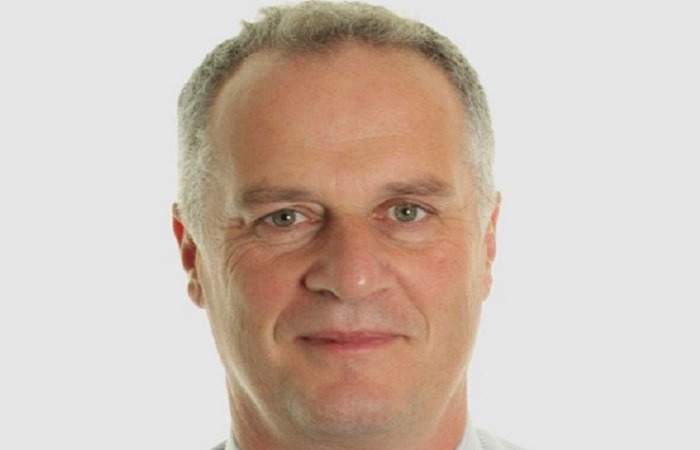
Employers will be concerned that high NHS waiting lists are blocking their employees with ill health issues from either staying, or returning to work after sickness absence. However, it is not only the NHS waiting lists that are to blame; sickness absence is now the key contributor to increased levels of economic inactivity, with a significant bearing on growth.
Evidence shows that it is in the employer’s interest to invest in the health of its workforce, as even a small intervention, such as physiotherapy, would be cost-effective in assisting them coming to work.
Occupational health and employee assistance programmes (EAPs) support these health interventions, facilitating access to physiotherapy for musculoskeletal issues or counselling, for example. Employers could go further and look to support mental health, weight loss and smoking cessation.
Employers can introduce and communicate occupational health and benefits to alleviate employees’ worries and provide alternative services to the NHS.
Key drivers and questions employers can ask themselves are: how can we support employees to return to work, for example, by using occupational health? How can we ensure work is good for employee’s health?
If an employee has a fit note, this is a risk, as it can be a gateway to longer term sickness absence, as a GP usually does not have time to effectively review. Again, occupational health can help.
We would all agree it is better for people to stay in work, with appropriate adjustments and health interventions, than drop out. The pandemic has also made employers more open to the benefits of flexible arrangements, such as working from home, making this a critical time to change work cultures and invest in health to benefit those with health issues at work.
Nick Pahl is CEO of the Society of Occupational Medicine